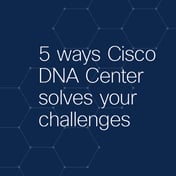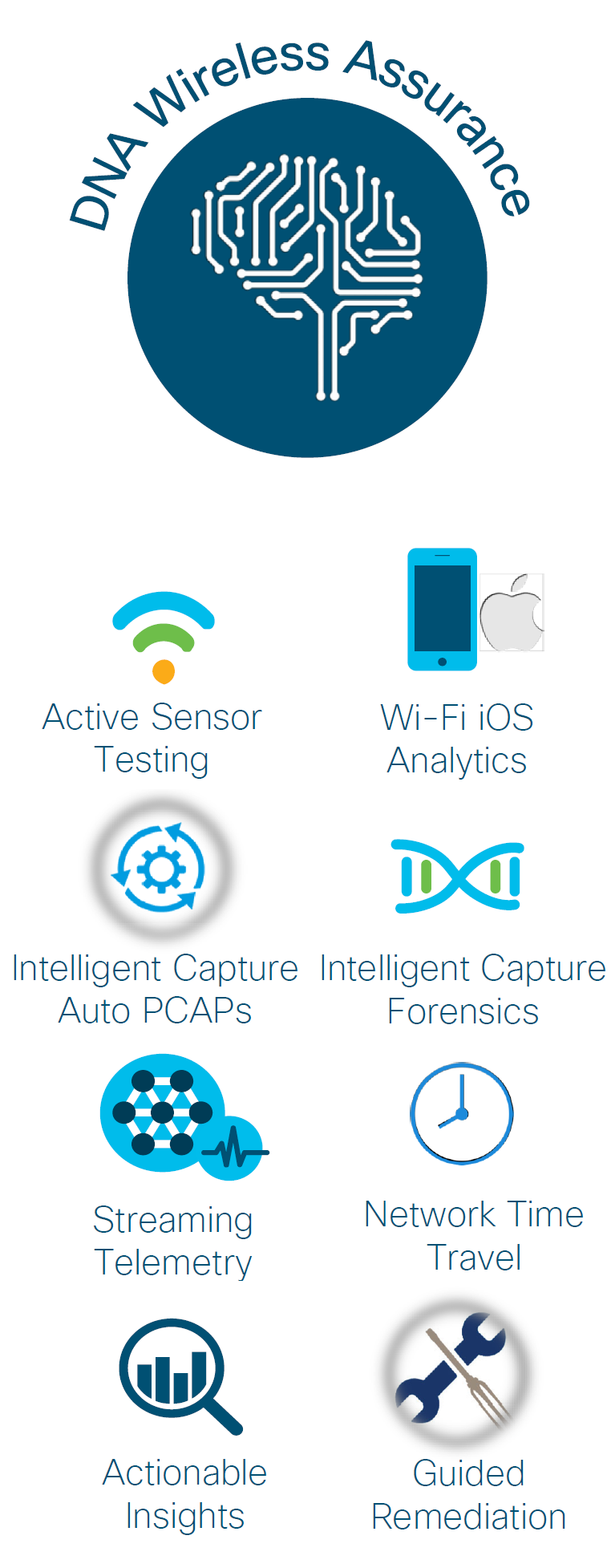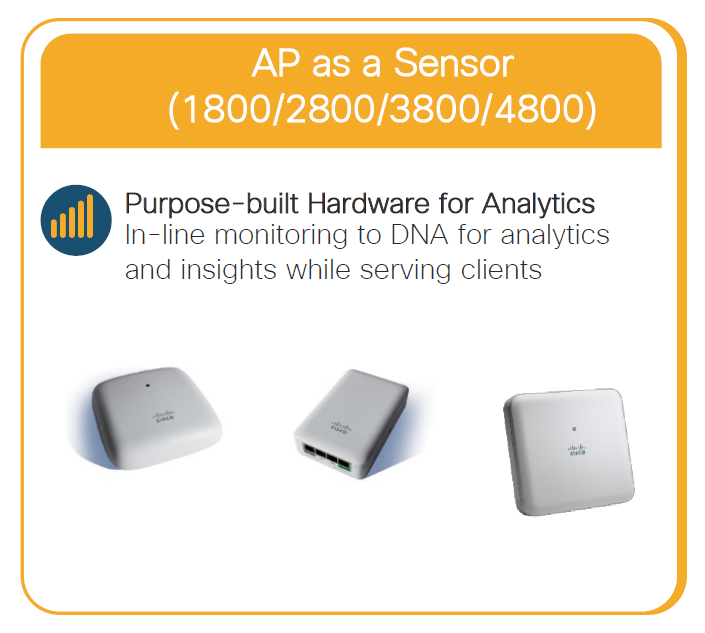Cisco Catalyst Center has been released to the market and promises advanced features in the realm of Assurance and Automation.
Assurance allows Catalyst Center to provide useful insights into the networks behaviour - this blog is focused on how insights can help in proactively identifying issues before the The IT Challenge: Fault Finding with Catalyst Center.
The IT Challenge: Fault Finding with Catalyst Center
Cisco Catalyst Center has been released to the market and promises advanced features in the realm of .png?width=240&height=240&name=Cisco%20DNA%20Center%20First%20Look%20(Ingragram).png) Assurance and Automation.
Assurance and Automation.
Cisco has embarked on the path of Software Defined Networking, and Catalyst Center is the management system.
In this blog we're going to explore some of the features that come with Catalyst Center that help automate and speed up the process of fault finding. Assurance allows Catalyst Center to provide useful insights into the networks behaviour - this blog is focused on how insights can help in proactively identifying issues before they become a major issue.
Firstly, what are Insights? Most monitoring systems provide up / down type alarms, but you then need to spend time interpreting and then fault finding these.
What if the management system could provide alarms as an insight into the issue and the effect its having on your network health - along with guided fault finding to make resolution of the issue easier.
That's just the intent behind Catalyst Assurance.
ASSOCIATED BLOGS:
Cisco Catalyst Center: Assurance Mode
In Assurance mode, Catalyst Center provides advanced analytics and fault finding assistance.
If you focus on the typical fault finding scenario, significant time is spent on up front data gathering, before the actual fault finding can take place.
This is an amount of time that's wasted before you can actually get to the point of starting to pin-point the issue at hand.
For a major outage, this is a big problem. If you consider when something big hits in your network, you can be deluged and overwhelmed with alarms and alerts.
One option is to setup hierarchical alarms, which many systems can do, but there's a better way.
Cisco Catalyst Center introduces the concept of a network health monitor - you're not looking at an up / down alert, but the actual impact this will have on the network.
The challenge in IT is the amount of time wasted on fault finding.
Here's the key issues:
-
-
-
-
-
-
-
- Time Spent: The time spent collecting diagnostic information is huge - typically 4 times that spent analysing it
- Fault Replication: You have to be able to replicate the fault, and capture it as it happens - no easy task and normally means being onsite
- Time to Resolve: Wi-Fi issues are often complex to replicate, fault find and diagnose. This means they are user impacting and expensive.
-
-
-
-
-
-
ASSOCIATED BLOGS:
Cisco 1800s Series Sensors
The Cisco 1800S series sensor is a useful addition to the fault finding armoury.
You can leave this device in a room and it will periodically connect to the network, act as a client and disconnect.
This allows the network to be actively tested and a quick determination made where issues might lie.
A network baseline, along with active testing is a pretty powerful combination to provide early alerting to issues.
ASSOCIATED BLOGS:
Cisco Catalyst Center: Intelligent Capture
With the stream of live telemetry data, Catalyst Center is able to categorise and fault find for you, actively showing where issues are likely to lie.
While Cisco Prime was able to display data, it was typically collected every few minutes, so cannot be considered as telemetry and not always granular enough to help in resolving issues.
Catalyst is able to provide telemetry every few seconds, vastly increasing the granularity of data collected.
This removes those averaging errors, when you end up missing an event because the system is only checking every few minutes. With more granular data, you've got a much better chance of spotting the issue and trend.
ASSOCIATED BLOG:
- Cisco Catalyst Center Beginners Guide
- Wi-Fi Predictive Designs
- Wi-Fi Surveys: Overview guide to the various Wi-Fi surveys
Cisco Catalyst Center: Client 360
Catalyst Center keeps lots of logged data - and in granular fashion too. Cisco have named the ability to  review this data as 'Network Time Travel', where you can revert to earlier log files and run through an issue as if you were fault finding at the time.
review this data as 'Network Time Travel', where you can revert to earlier log files and run through an issue as if you were fault finding at the time.
This is immensely useful when dealing with an issue that a user has reported as happening a week ago.
The data allows you to review the client and application experience and make some quick determinations on where issues might lie - with the DHCP server, the AAA server, the client itself and so on.
ASSOCIATED BLOGS:
Cisco Catalyst Center: Summary
Hopefully this blog has been a useful walk through on the tools and features built in to Cisco's Catalyst Center. There's a lot that's new in Catalyst Center for the network administrator and this overview is designed to acquaint you with those tools.
The ability with the 1800s sensor is an interesting new development too - you can sample your network, as if you had an end user connecting, forming up a baseline and being able to easily see when issues have occurred.
Wireless is a tricky technology to fault find, so these new tools are very welcome in the kit bag to help isolate and fix faults more quickly.
ASSOCIATED BLOGS:







.gif)
.gif)